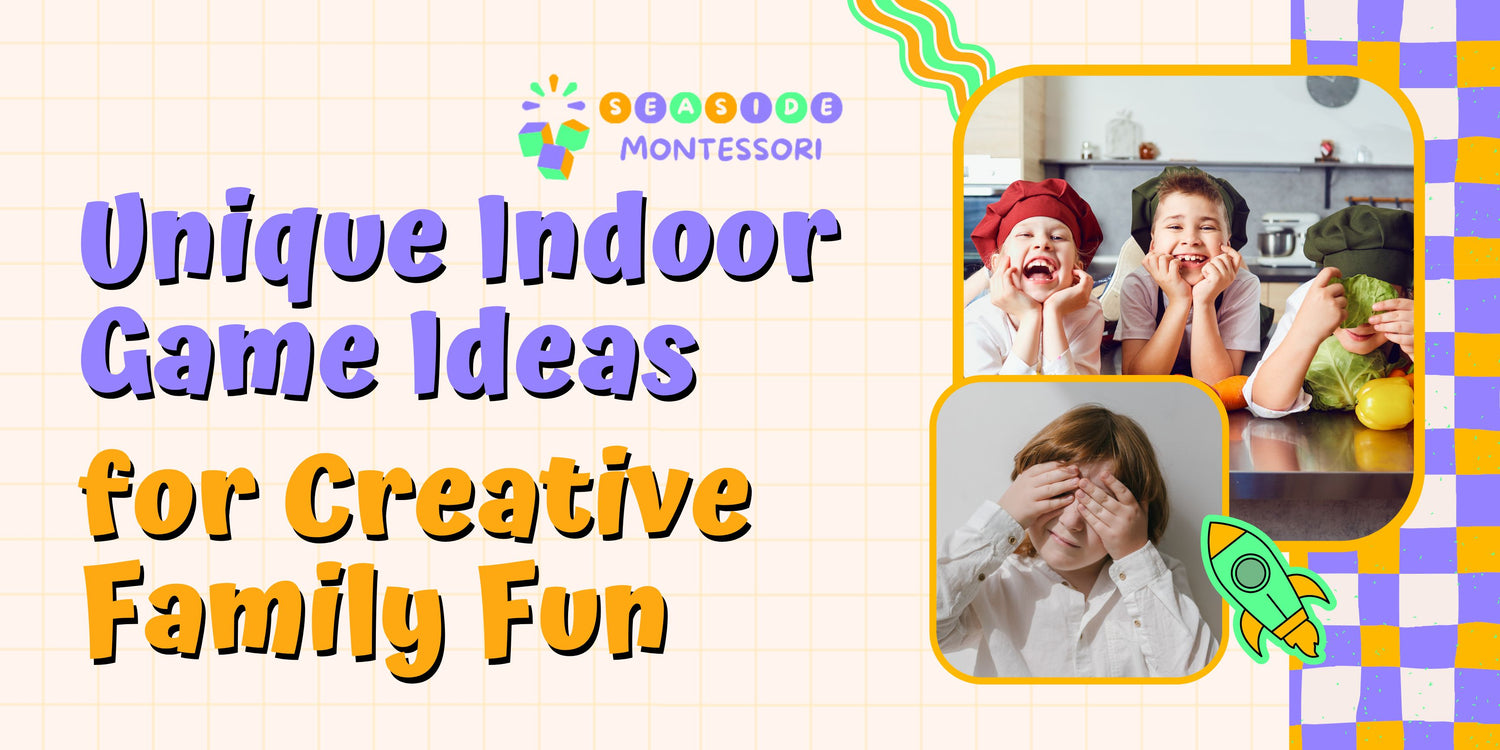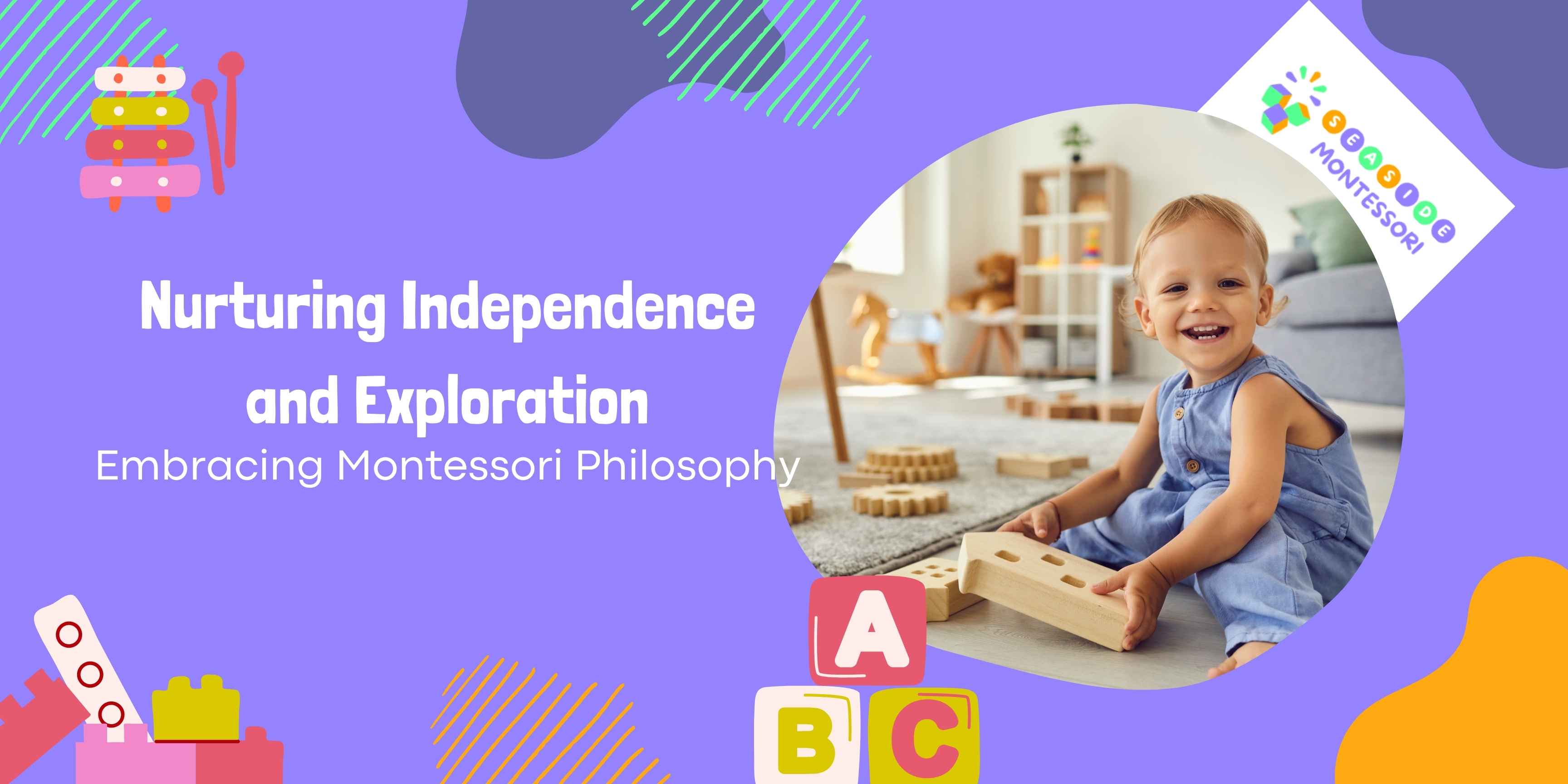As families spend more time indoors, finding new and imaginative ways to keep everyone engaged can be a challenge.
Traditional games are a fantastic start, but sometimes, you might crave something a little different—something that sparks creativity, enhances problem-solving skills, and brings everyone together in unique ways. Here are three innovative indoor game ideas that are not only fun but also enriching and educational.
1. Mystery Sound Game
Objective: Develop auditory skills and critical thinking.
Materials Needed: Various household items that make noise, a blindfold, and a recording device (optional).
How to Play:
- Prepare the Sounds: Select a range of items that produce distinctive sounds, such as a whisk beating on a bowl, a book dropping, a zipper zipping, or water pouring into a glass.
- Set Up the Challenge: Blindfold the participant or simply ask them to close their eyes. Make a sound with one of the items.
- Guess the Sound: The player must guess what is making the sound. For an added challenge, record different sounds beforehand and play them back without the visual cues.
- Keep Score: Award points for each correct answer. To increase the difficulty, mix several sounds together and ask the participant to identify all the components.
This game is perfect for all ages and helps sharpen listening skills and critical thinking. It can be played with any number of participants and is a great way to use common household items in an uncommon way.
2. Architectural Challenge
Objective: Foster creativity, planning, and spatial awareness.
Materials Needed: Recycled materials (cardboard boxes, toilet paper rolls, plastic containers), tape, scissors.
How to Play:
- Set the Project Goals: Challenge children to build a specific type of building or structure, such as a castle, spaceship, or animal shelter using only the materials provided.
- Plan and Build: Children must plan their structure, thinking about the shape, size, and features it needs to have. They then build the structure according to their plan.
- Explain and Evaluate: Once the structure is complete, each child presents their creation, explaining why they designed it the way they did. Discuss the strengths of each design and any improvements they might make.
This activity not only allows children to use their imagination but also introduces basic engineering and architectural skills. It’s a hands-on game that encourages problem-solving and creative thinking.
3. Time Capsule Stories
Objective: Enhance creative writing, storytelling, and historical understanding.
Materials Needed: Paper, pens, old magazines or newspapers, containers or boxes, decorative materials.
How to Play:
- Create a Backstory: Decide on a year in the past or future and imagine what life was like or could be like. Each player writes a short story based on that time period.
- Assemble the Time Capsule: Include in the time capsule items that represent the story or era—drawings, written descriptions, or small crafted items.
- Decorate and Seal: Decorate the container and seal it. Decide on a "future date" to open the time capsule, which could be a few weeks, months, or even years later.
- Presentation: When the time capsule is reopened, each player reads their story and explains the items they included, discussing how they relate to the story and the chosen time.
This game is a wonderful way to blend creativity with a touch of history, encouraging children to think about different eras and how people lived. It also provides a lasting artifact that families can cherish and look back on in the future.
By incorporating these unique games into your family’s routine, you can provide enriching experiences that promote learning, creativity, and togetherness. Enjoy these moments of connection and discovery, and remember that sometimes, the best entertainment is the one you create together.








Leave a comment
All comments are moderated before being published.
This site is protected by hCaptcha and the hCaptcha Privacy Policy and Terms of Service apply.